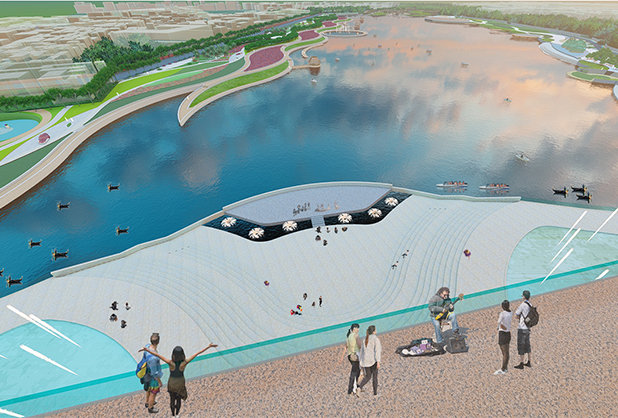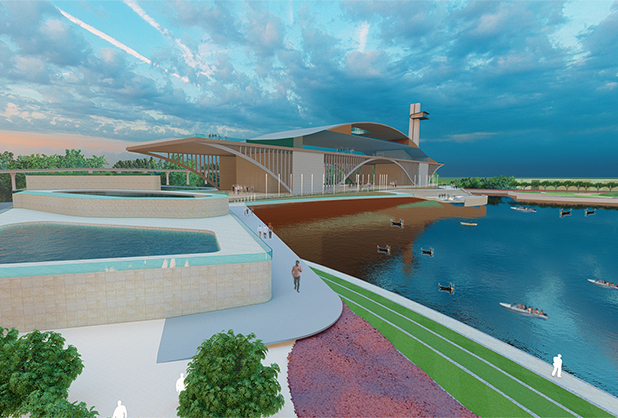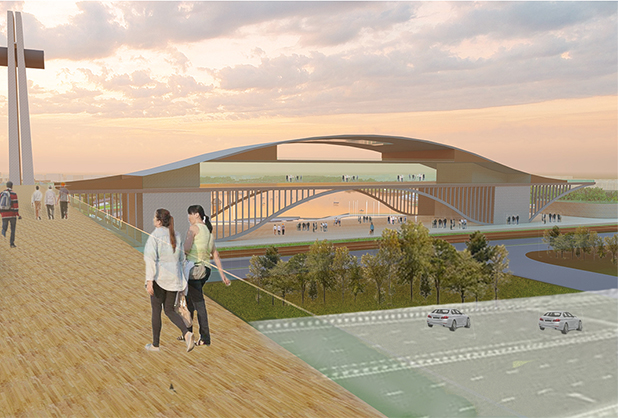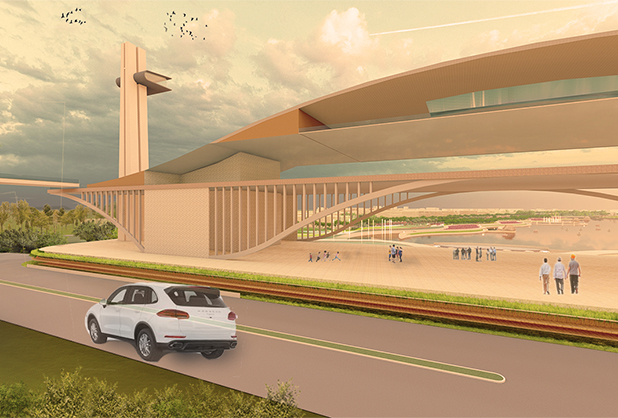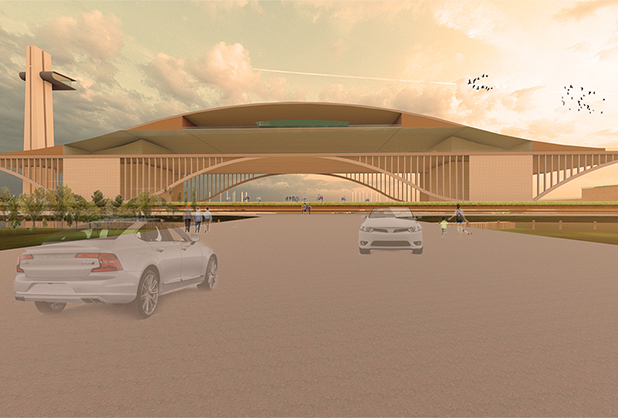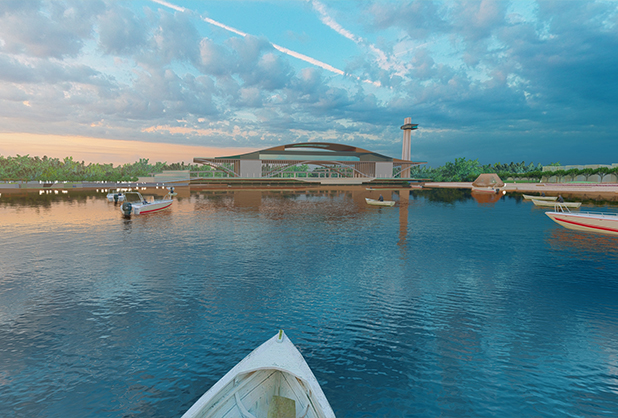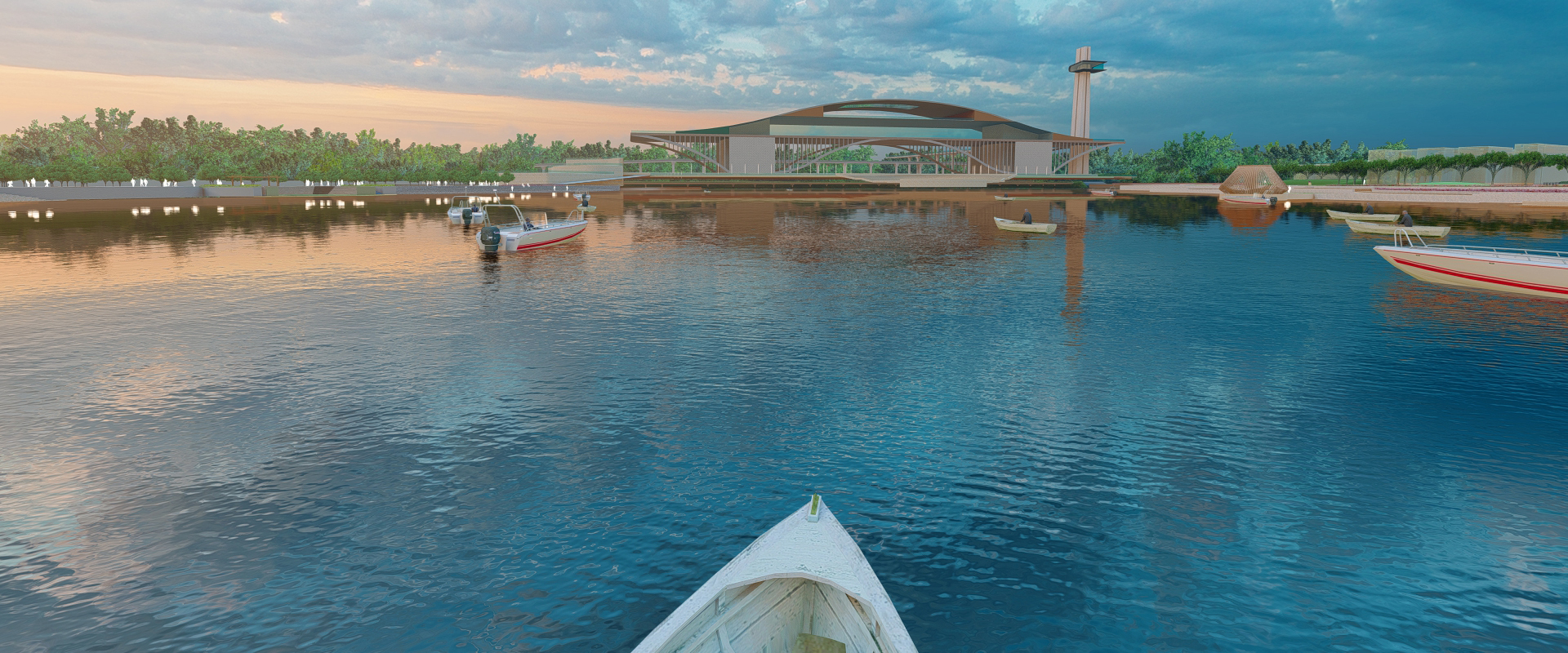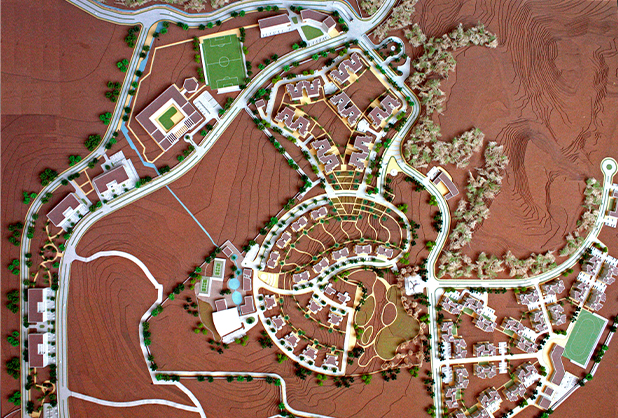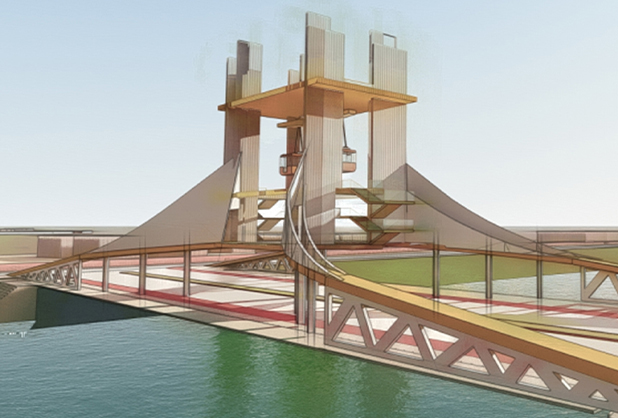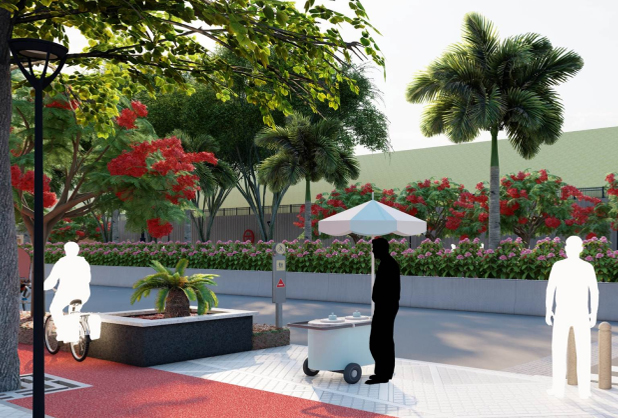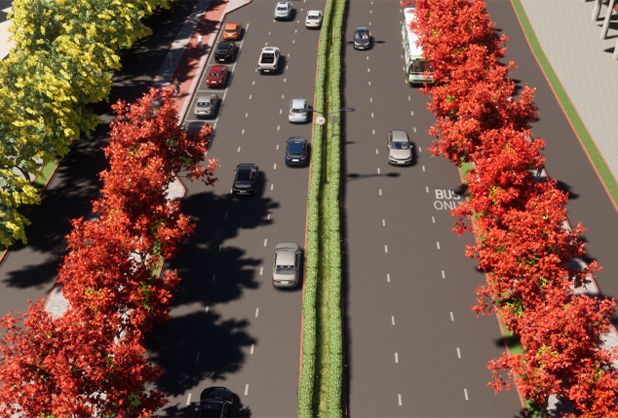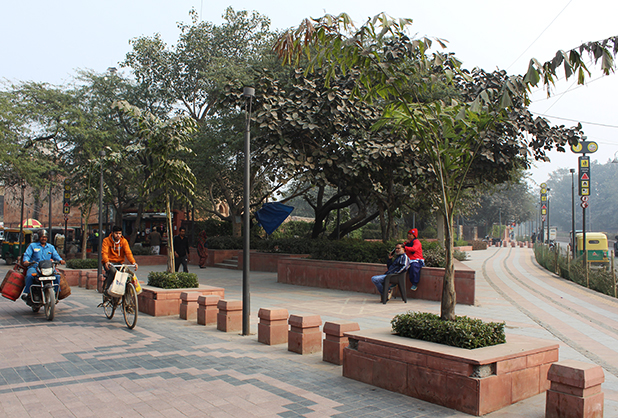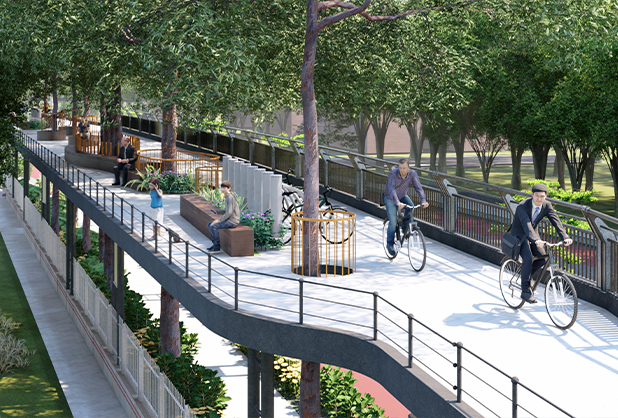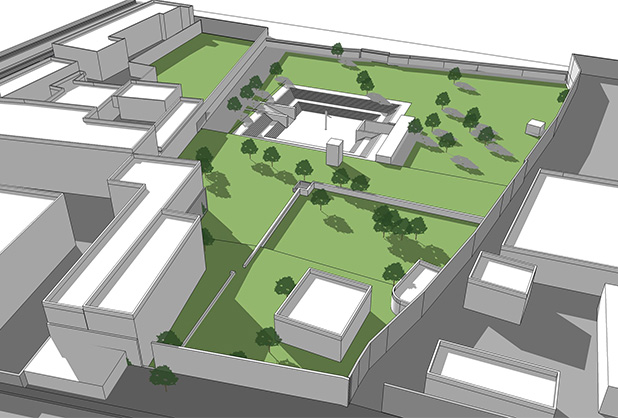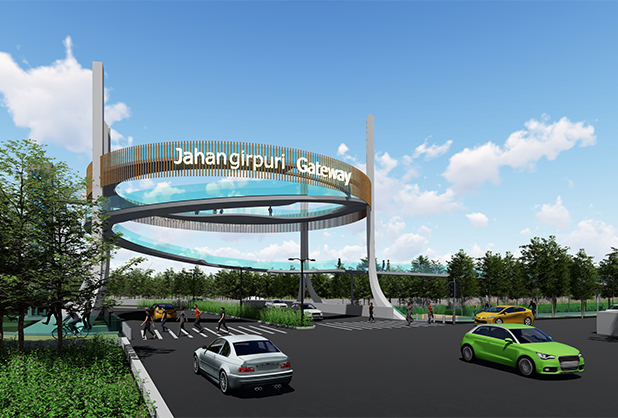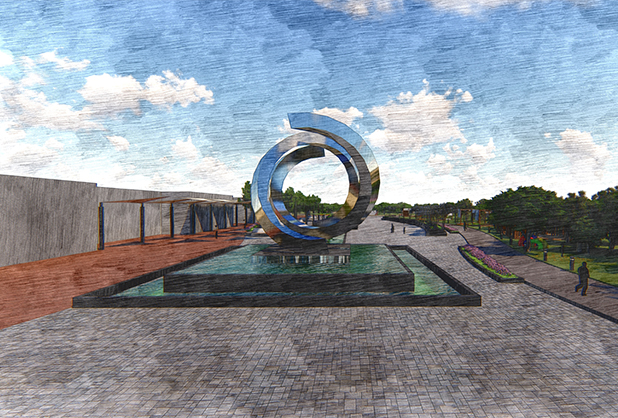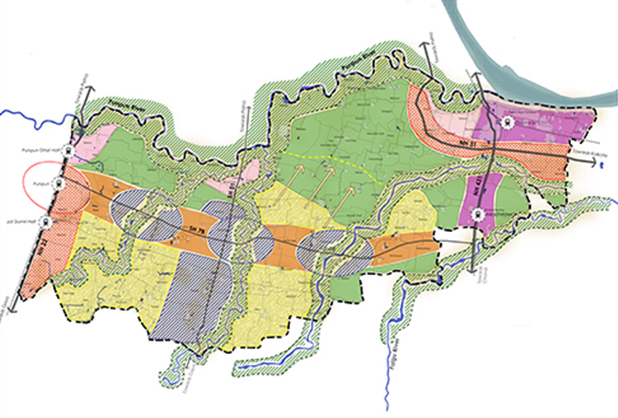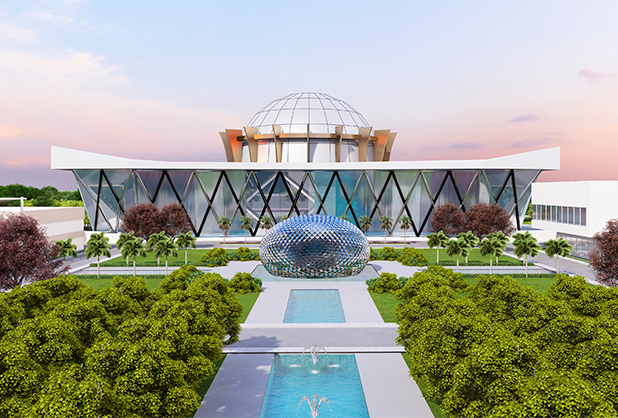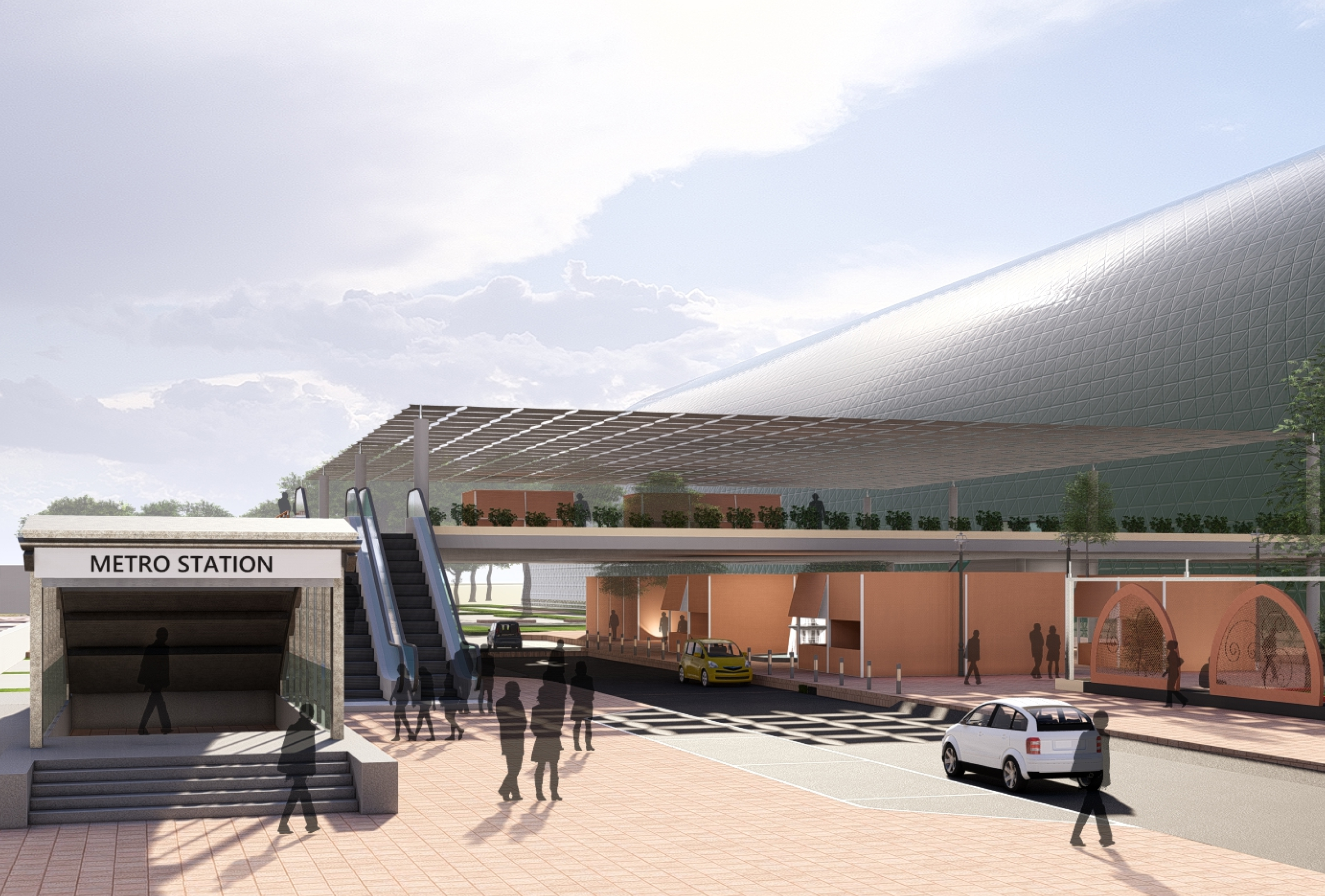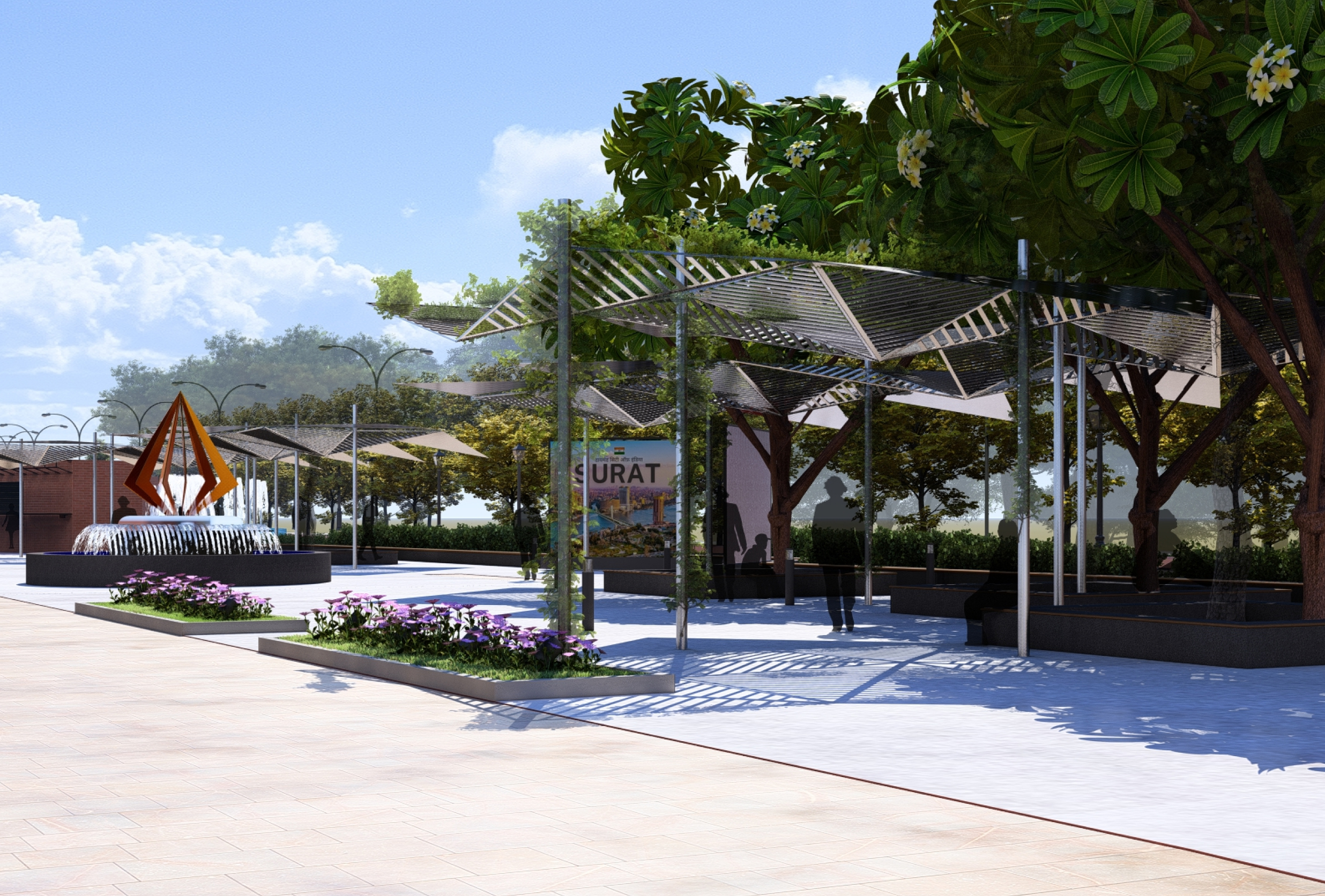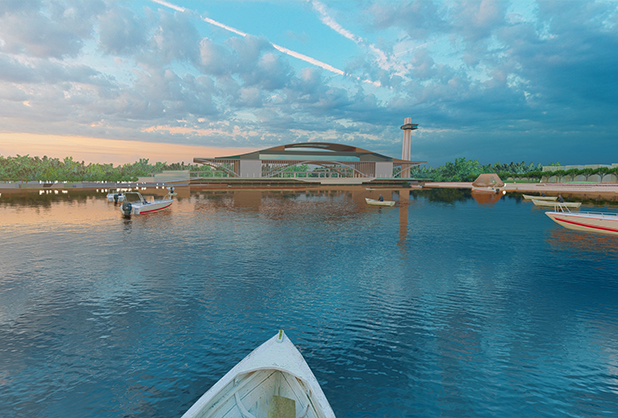
Bridges
BHALSWA LAKE
Bhalswa lake, attributed as one of the largest urban water bodies of Delhi (almost 59 hectares) and once a public and cultural hotspot owing to its unique horseshoe shape and strategic location within Northwest Delhi has today reduced to a garbage dump with one of its famous horseshoe arm gone under a landfill and unauthorized settlements occupying the space instead. The lake which at one point of time hosted water sports, boating and cultural activities around Chatt puja now struggles to survive. Garbage dumping, sewage from the abutting settlements, cattle dung spreads, encroachment of the lakefront and heaps of solid waste during Chatt puja events has degraded the urban lake to an extent where eutrophication and bad odors is all one experiences therein. Moreover a significant reduction of water level has added to its lifelessness and loss of natural habitats of many aquatic as well as terrestrial species.
However under the ‘lakes and waterbodies restoration drive’ by Irrigation and Flood Control department New Delhi, the hope of bringing the lake back to life and adding to its activity program has been a great initiative towards creation of a vibrant city level hotspot and its ecological upliftment. As part of the urban design consultants, cognitive mapping and activity analysis of the lake front opened up the window to a new vision for the lake and its vital role in place making and community empowerment in addition to facilitating the city with a celebrated regional public forum. The visual and physical analysis and in depth field surveys brought forth many potentials that through a strategic structure plan could rejuvenate the dying waterfront. Strong regional connectivity with outer ring road as well as the upcoming metro opened up the window for national as well as regional tourism, recreation and cultural facilitations. In addition to this the presence of huge community footfall, adjoining social infrastructure (schools and gurudwara) and redundant open spaces drafts the need for community based interventions to synthesize integration and a symbiotic relationship of the community with the lake ecosystem.
The vision for the lake therefore is to recreate the urban waterfront as a recreational arena for the citizens of Delhi adhering to global tourism standards and significantly uplifting the ecosystem with special focus on community empowerment and integral development. The same vision as well as cognitive mapping of the waterfront and its context has led to drafting of a structure plan that carefully integrates the waterfront through activity based zoning. The zones categorize as the Passive recreational zones, urban haat and cultural zone, eco or biodiversity zone, festival zone, active recreational zone and the city node with integrated metro and public transit stations. The strategies focus on need based interventions and enhancing the legibility of the waterfront especially from the metro and ring road window through gateways and identity markers. Vibrant recreational facilities like picnic spots, water sports and boating, museums Integrated with board walks, community spaces and cultural Ghats add to the robustness of the proposal. The accessibility to the waterfront is further strengthened through IPT and pedestrian facilitation towards the metro, bus, NMV as well as the contextual social infrastructure. The strategic zoning and public node development has been carefully carried out to respect the ecological sanctity of the waterfront while bringing the lake back to its former glory and even beyond.
-
SIZE:
-
STATUS:
DESIGN DEVELOPMENT
-
DESIGN PRINCIPAL:
VIKAS KANOJIA
-
DESIGN TEAM:
JATIN GROVER, CHETNA GARG, HARDIK AGGARWAL, MEHAK SHABBIR
-
COLLABORATORS:
ARCOP, DESIGN PROCESS
